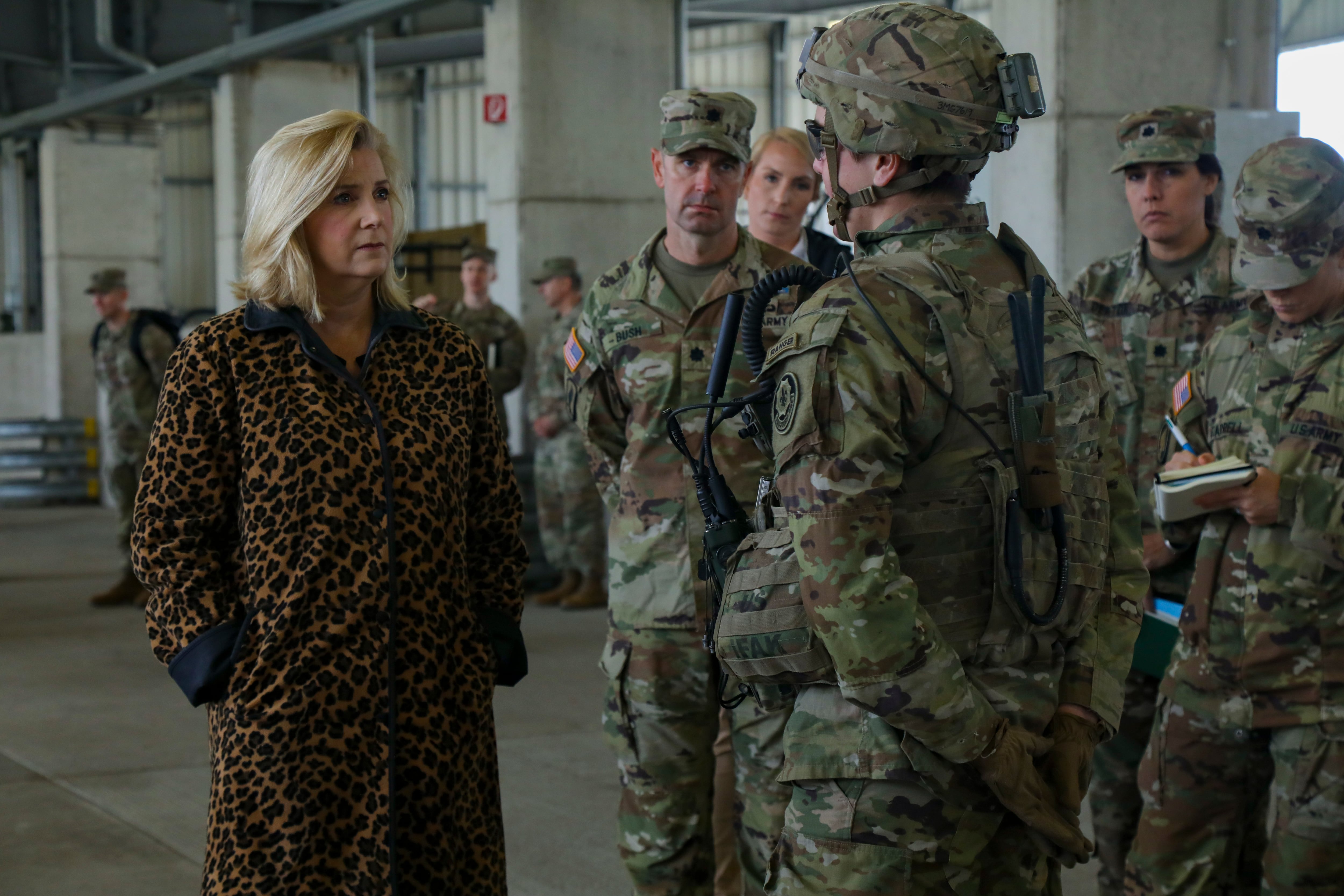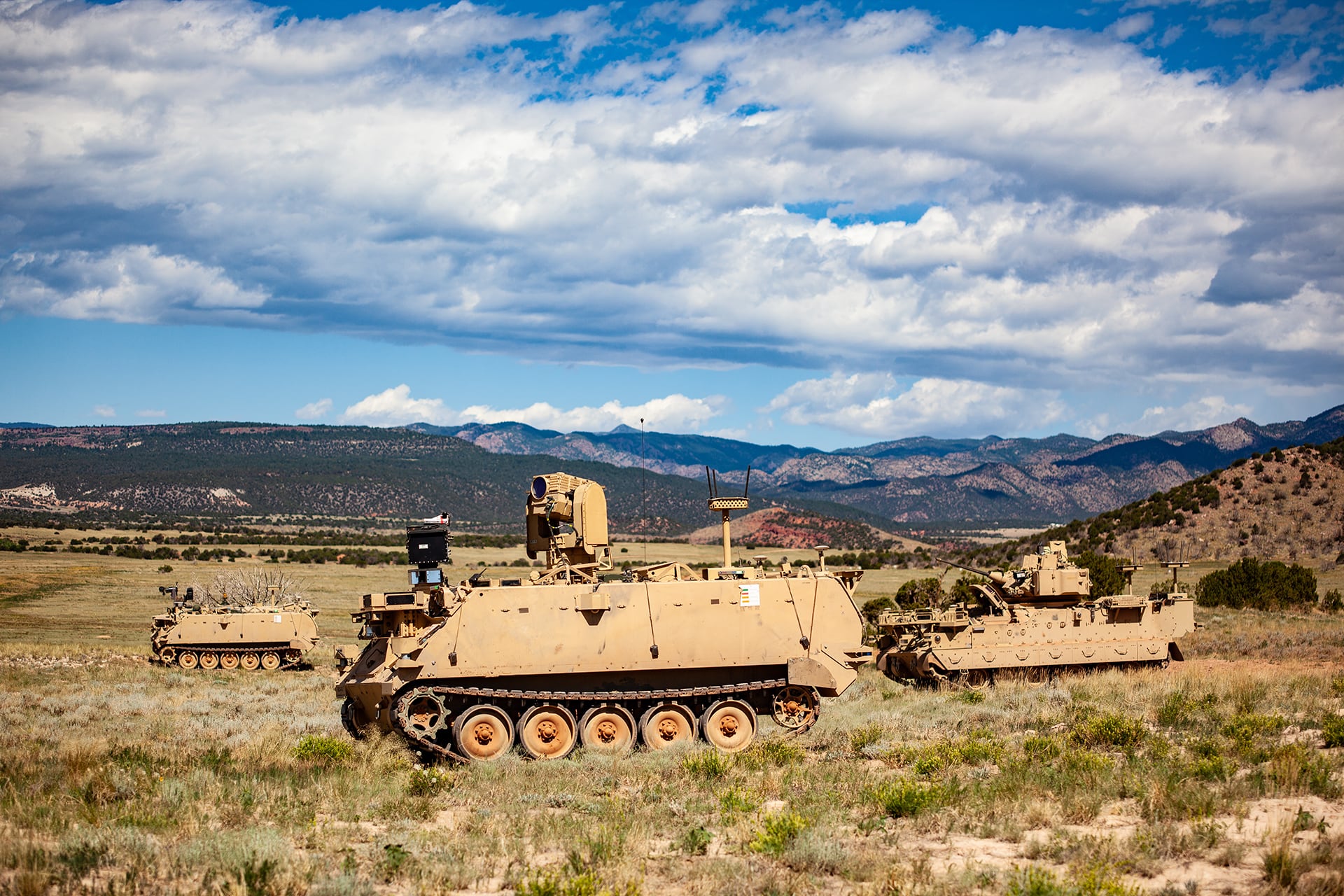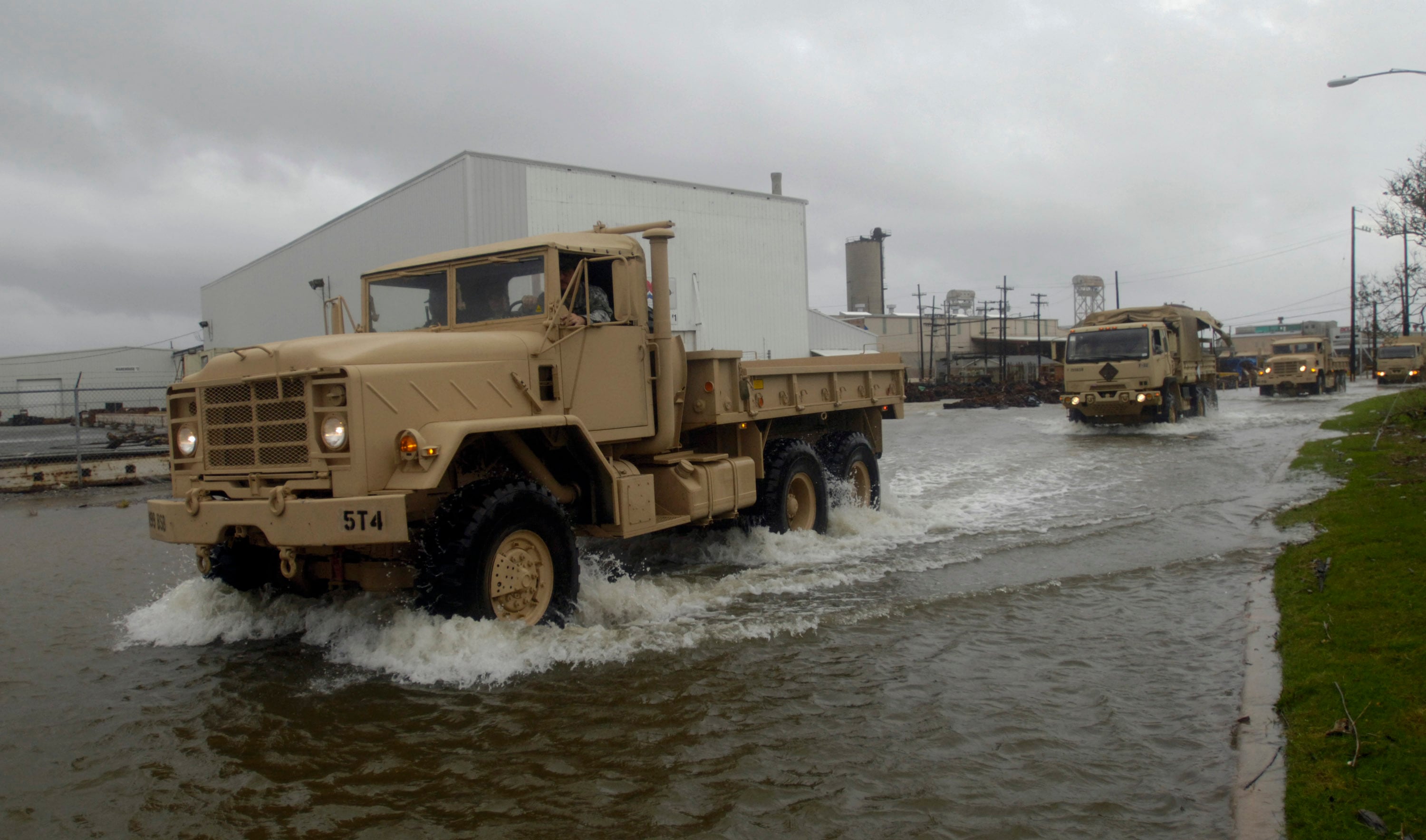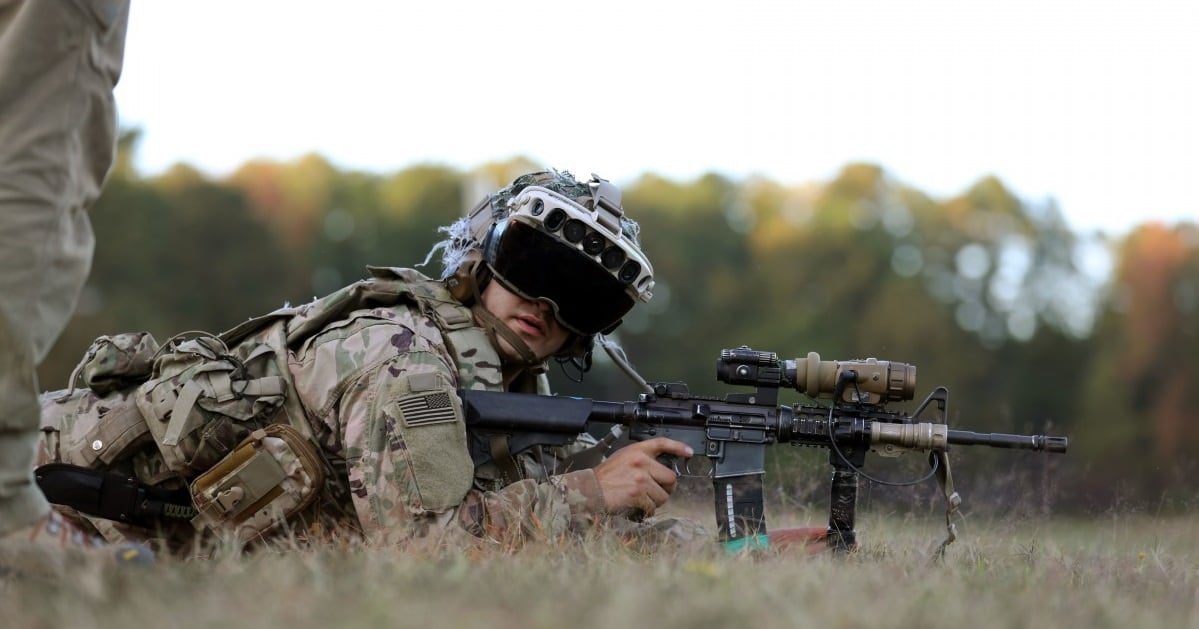Top Army leaders emphasized this week the need to continue modernizing so the service can remain relevant globally.
Modernization initiatives include efforts in vertical lift, electrification of much of the ground vehicle fleet, progress on a futuristic soldier goggle and a willingness to sacrifice end strength for new technology if budget battles continue.
Chief of Staff of the Army Gen. James McConville spoke at the Heritage Foundation on Thursday. When asked about how the Army never reached its active-duty end strength goal of 500,000 — fiscal year 2021 saw the service hit 486,490 soldiers — the general hinted that his priority was modernization.
“We would like to have a big stick,” McConville said. “But if we cannot have a big stick, we will have a sharp stick.”
RELATED

The four-star noted that the Army has been very successful in retention but recruiting new soldiers and keeping the Army Reserve full has proved challenging in the current job market.
While the soldiers drive the Army’s success, McConville noted that the service must modernize to continue its advantages over adversaries such as Russia and China.
“We are going to get a budget,” he said. “And we are going to give you the very best Army that we can with that budget.”
Secretary of the Army Christine Wormuth spoke at the Center for a New American Security on Tuesday and was asked specifically about current projects such as the Future Vertical Lift program and delays in the Integrated Visual Augmentation System.

Wormuth brushed off concerns about the FVL program being too ambitious against a constrained budget. She said the two platforms being pursued — the Future Long-Range Assault Aircraft and the Future Attack Reconnaissance Aircraft — are vital to the Army’s plans for aviation.
She said FARA will be a manned aircraft but is being designed, along with FLRAA, as an “ecosystem” of aircraft that will likely include “air-launched effects.” Those effects could include small, unmanned platforms as wingmen, communication and targeting relays.
McConville, himself a helicopter pilot, has called FVL “transformational” for the Army. He batted away criticisms that pursuing both FARA and FLRAA is asking for too much.
In decades past, he said, the Army pursued the AH-64 Apache, the UH-60 Black Hawk and the CH-47 Chinook nearly simultaneously. All of those programs had their hiccups in early phases but proved their worth in the subsequent decades.
RELATED

McConville said that both FARA and FLRAA are necessary for the Army to achieve its aims of “speed, range and convergence,” especially at longer distances in the Pacific and other regions.
He echoed Wormuth’s statements, saying whatever form the future aircraft take, there will be a person in the loop.
The Army undertook an ambitious modernization strategy in recent years, establishing Army Futures Command and cross-functional teams focused on priority programs.
One program involves the IVAS, a “do-it-all” night vision goggle with thermal, navigation, augmented reality, marksmanship and other features embedded inside it. The program hit delays late last year due to some technological hurdles. The goggle is still expected to begin fielding this year, though months delayed.
“IVAS is alive and well,” Wormuth said.
McConville characterized the delay as a tech “pause” that required some tweaks to get the device up to a very high standard.
RELATED

McConville compared the Army’s planned shift away from legacy night vision goggles to IVAS to the shift from rotary phones to cordless house phones to mobile phones. Only this jump is occurring in a matter of two to three years instead of decades.
“IVAS is bringing a lot more capability in, this thing has been fielded at incredible speed,” he said.
Current tweaks are ensuring that the device can “withstand the rigors of combat,” McConville said.
Army Times reported last year, following interviews with Program Executive Office-Soldier, that the delays were due to image warping as developers pushed the field of view boundaries, which have traditionally sat at about 40 degrees. The IVAS program sought to double that to 80 degrees, but it may have to settle for something in the 70-degree range, due to technology limits.
Lastly, Wormuth pointed to the service’s recently-released Climate Strategy and pegged an Army goal of having microgrids on all of its installations by 2035 and a fleet of all-electric vehicles by 2050. Under the service’s plan, they would cut their greenhouse gas emissions in half by 2032, shooting for net-zero greenhouse gas emissions by 2045.
Todd South has written about crime, courts, government and the military for multiple publications since 2004 and was named a 2014 Pulitzer finalist for a co-written project on witness intimidation. Todd is a Marine veteran of the Iraq War.




